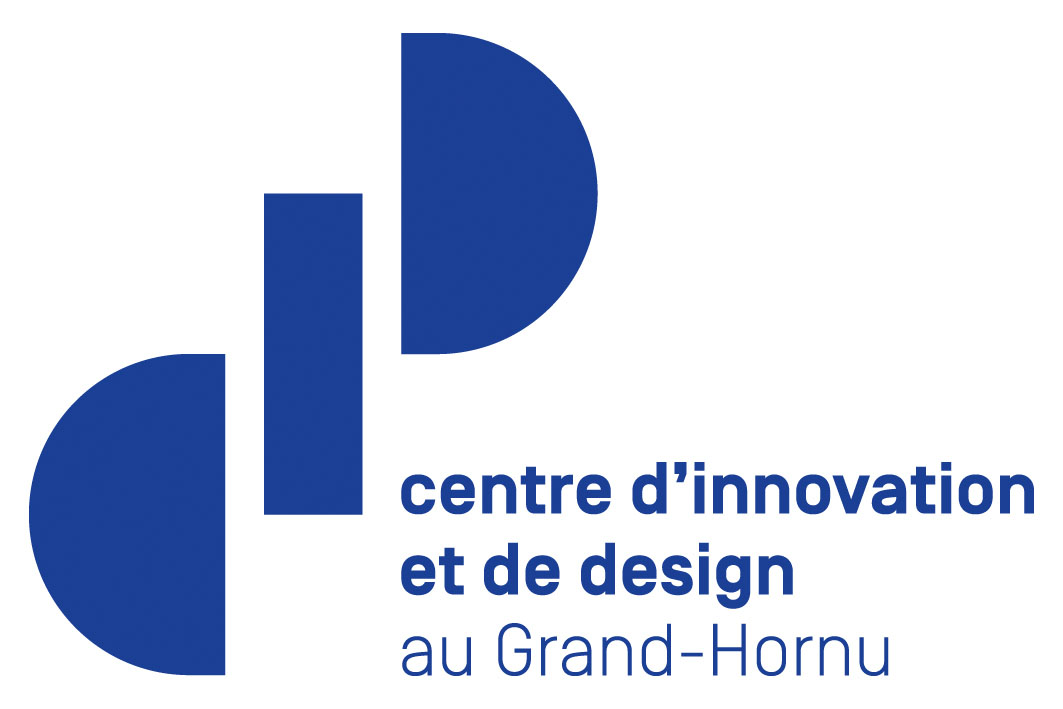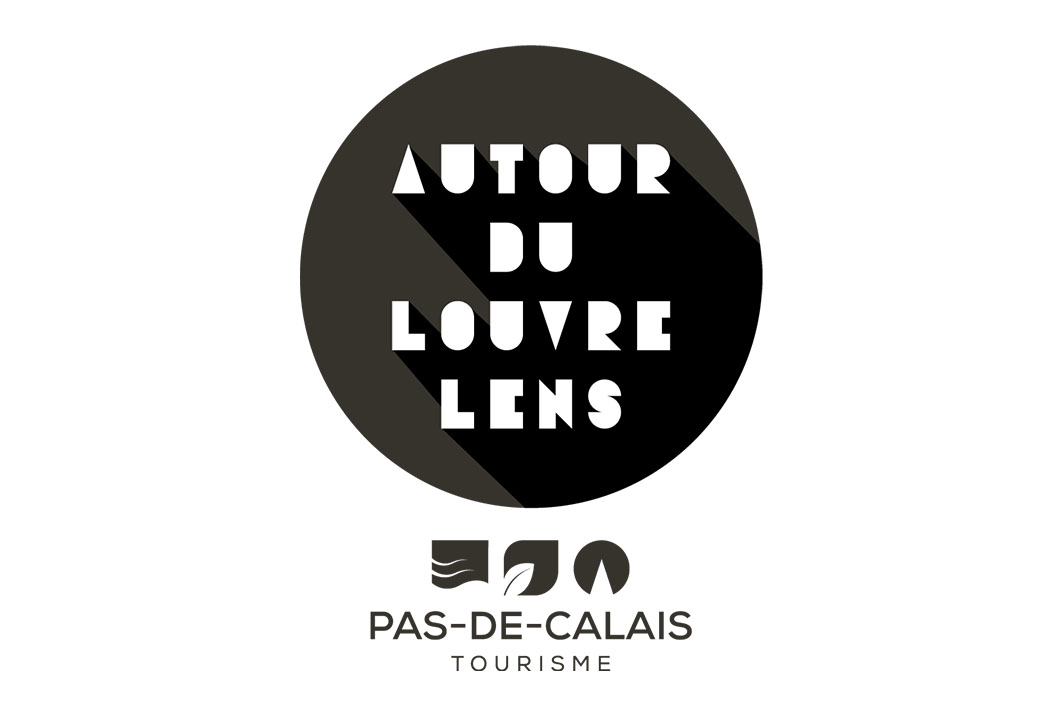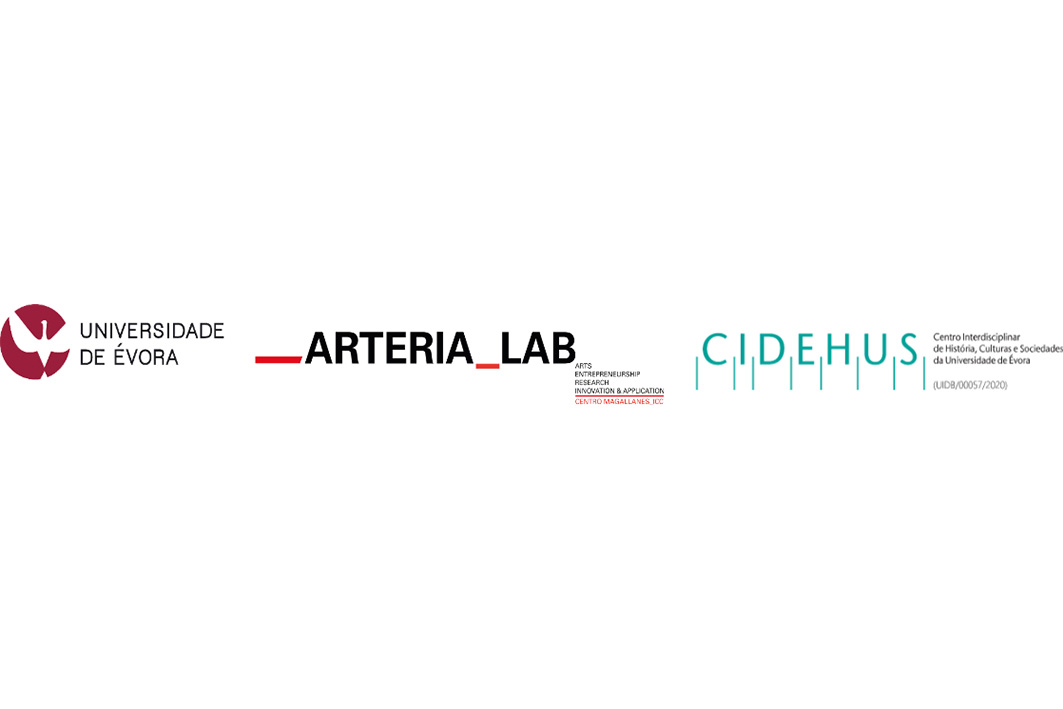The two-year Storytooling (March 2023 – April 2025) project aims at creating a European vision of the integration of young people in rural and post-industrial areas
It is part of a logic of innovation and inclusion through the experimentation of a transnational laboratory that will help young people who are unemployed and/or out of school to acquire new skills based on tailor-made inclusion methods for them. Under the impulse of the European Year of Youth 2022 and the New European Bauhaus, this laboratory aims at drafting new heritage narratives developed by young people. The project will select a pool of European creatives with diverse expertise who will accompany 75 young people in Belgium, France, Portugal, Spain and Tunisia in the design and co-creation of five cultural and tourism prototypes. What these prototypes will be is part of the creative process of the project between the creative experts and the young people.
The aim is to allow young people to reappropriate the heritage of the remote post-industrial or rural regions where they live through experimentation and diversity. They will acquire new skills through the Storytooling project and discover the unique heritage of these regions. By sharing transdisciplinary skills, the project will fight against social and territorial inequalities, and will ensure the transmission of heritage to future generations. The overall aim is to accompany these territories towards the transition of the cultural, creative and tourism sectors which contribute to their economic and social development.
Thus, the idea is to experiment with the participation of young people in the different partner regions in a multidisciplinary and inter-sectoral way, and to eventually tell new narratives and enhance the potential of the post-industrial and rural heritage in those territories.
Objectives
Main objectives of the project
The project is organised around two main strategic and some sub-objectives:
Strategic objective 1
Fight against the isolation of school dropouts and unemployed young people by developing social innovation through post-industrial heritage
Sub-objective 1.1: To foster the creative capacity of unemployed and/or out-of-school youth by creating a link between creative people and them
Sub-objective 1.2: To open a capacity-building space where young people can learn about heritage and tourism skills and professions
Strategic objective 2
To create new heritage narratives and enable the transmission of heritage to future generations
Sub-objective 2.1: To support the territories and their representatives in strengthening their attractiveness to tourists through culture and creativity
Get in touch with us
- Pas-de-Calais Tourisme
- Lead Partner: ALL - Autour du Louvre-Lens (France)
- Solène Servin
- +33 07 88 99 34 49
- soleneservin@pas-de-calais.com





